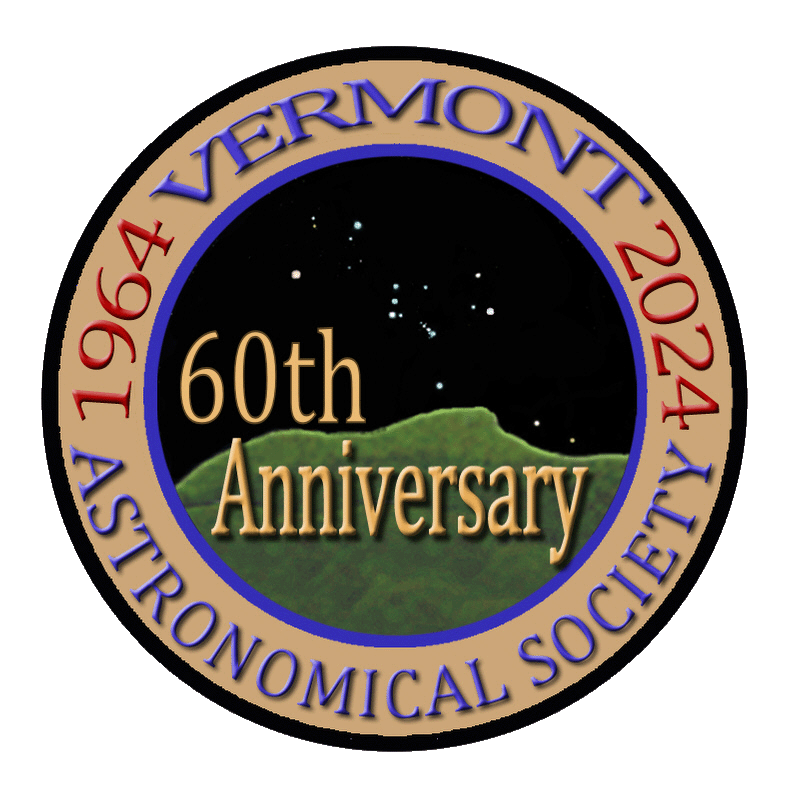Sh2-216 is located about 390 light-years (ly) away from Earth in the constellation Perseus, is one of the largest known planetary nebulae (PN) with a diameter of approximately 13 ly, and is estimated to be about 500,000 years old. (For comparison, most PN are 1 ly or less in diameter.) Because of Its large size, Sh2-216 is very faint and, consequently, more difficult to capture and process.
Despite its name, many consider this to be the closest PN to Earth. (The Helix Nebula, NGC 7293, which is sometimes cited as the closest PN to the Earth, lies about 650 ly away.)
The predominant signals from Sh2-216 are Ha with a minor amount of OIII (and some SII). The red areas in this HOO image represent the Ha, while the blue represents the OIII. (SII was not collected for this target.)
Capture Dates (2024): 3/11,3/12,12/25,12/26
Rig 1:
Stellarvue SVX90T Apochromatic Refractor @native fl = 540mm , f/6.0 (1.44”/px)
Guidescope/Cam: SV106 with ASI120mm mini
ASIAir Plus, ASI2600MM, ZWO AM5 mount, ZWO 7-position 2” filter wheel
Rig 2:
Askar 107PHQ with 0.7x reducer at fL = 524mm, f/4.9 (1.47”/px)
Guidescope/Cam: SV106 with ASI178mm
ASIAir Plus, ASI2600MM, ZWO AM5 mount, ZWO 7-position 2” filter wheel
Filters:
Antlia 3nm Narrowband H-alpha 2": 75×300″ [6:15]
Antlia 3nm Narrowband OIII 2": 43×300″ [3:35]
Antlia Pro V RGB 2”: 166x180” [8:18]
Total Integration Time: 18:08
Processed in PixInsight and Adobe Photoshop
Hi Greg, a wonderful image of what looks like a tough target! You come up with so many interesting targets!
Terri
@terri Thanks, Terri! This was one of those I just kept sneaking up on in drips and drabs. Thought I had enough time on it, then decided to do some more -- repeat. Honestly, it really could have used much more time, but it was time to move on.
Greg

